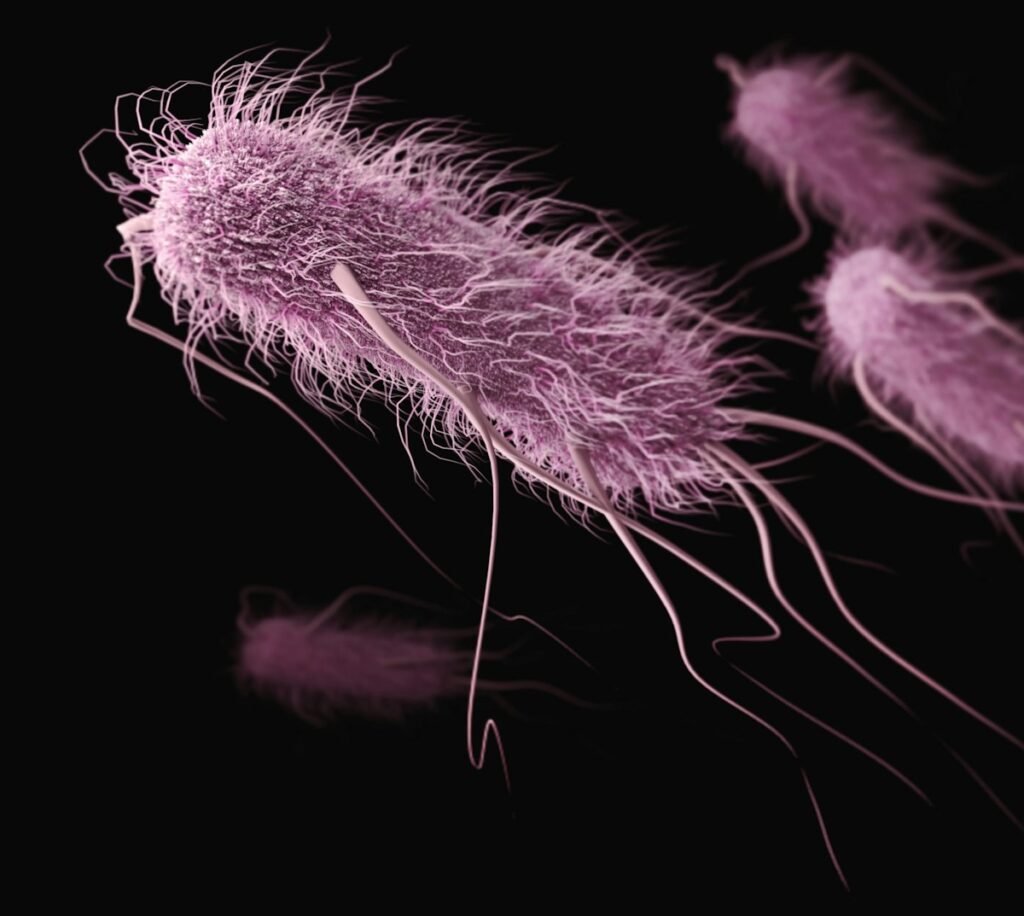Microbes form an invisible network of life that influences our health, environment, and even the global climate. This hidden world encompasses bacteria, viruses, fungi, and other microorganisms that inhabit nearly every part of our planet. Despite their microscopic size, these organisms play pivotal roles in ecosystem functions and human well-being. Let’s explore how bacteria, in particular, shape our world in ways both beneficial and detrimental.
The Ubiquity of Bacteria
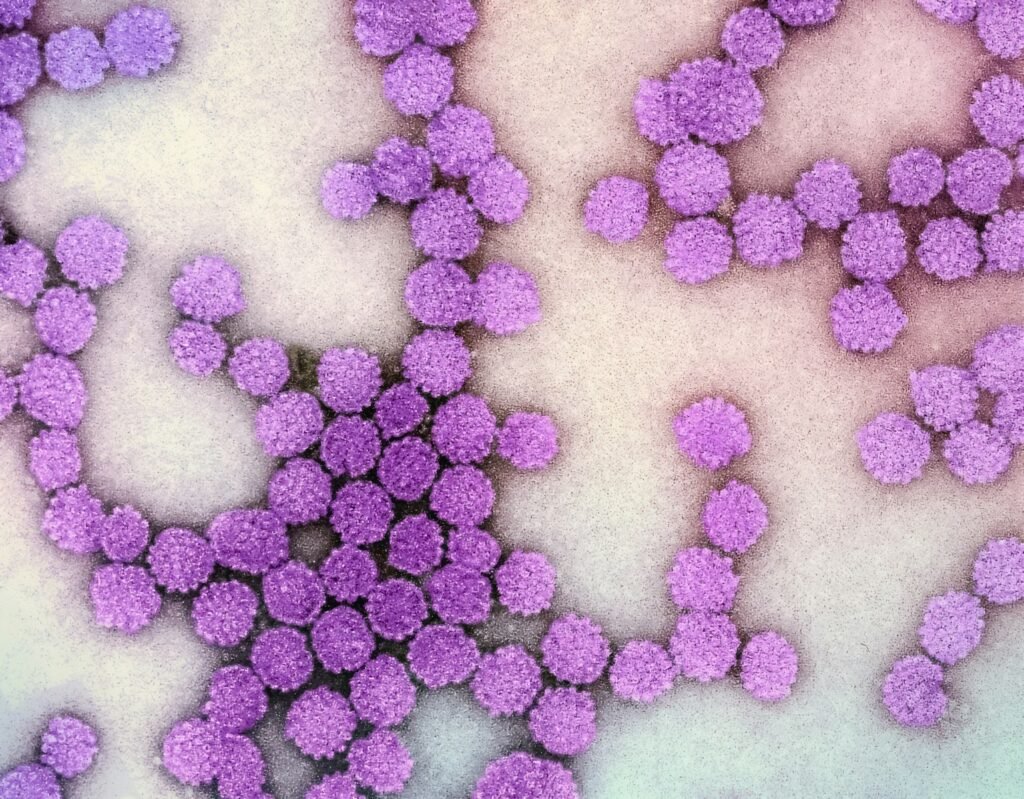
Bacteria are among the oldest forms of life on Earth, with a history stretching back billions of years. They are found in every conceivable environment, from the deepest ocean trenches to arid deserts and even in the stratosphere. Their resilience and adaptability are unparalleled, allowing them to thrive in extreme conditions where most other life forms cannot. But what makes bacteria truly extraordinary is their ability to influence both natural and human-made environments significantly.
Beneficial Bacteria and Human Health
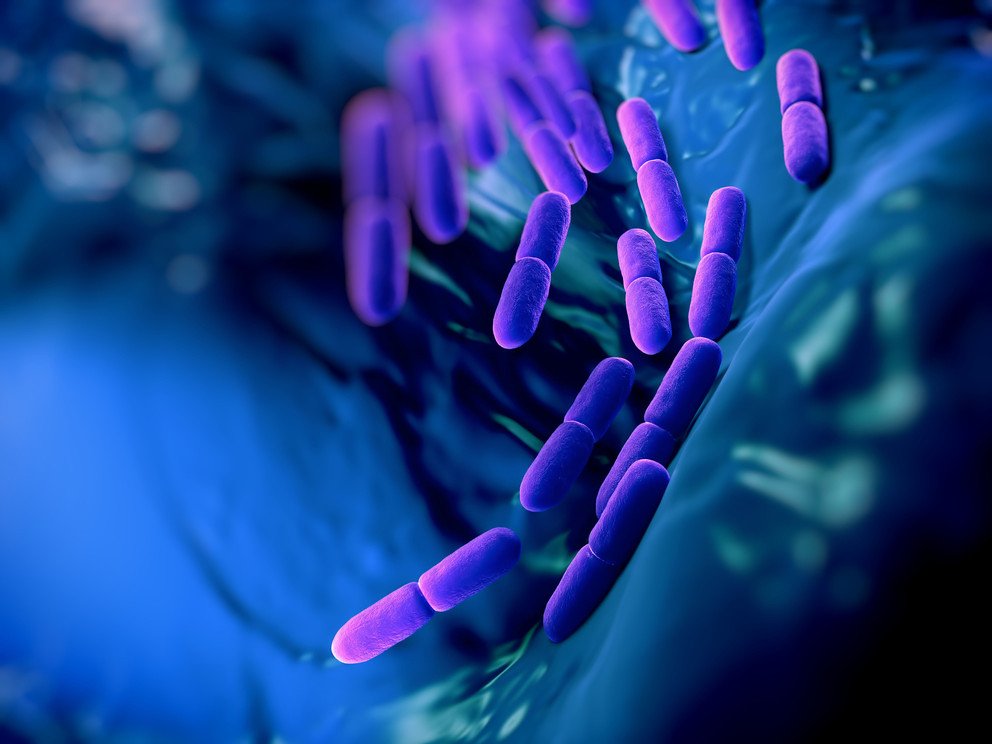
The human body is home to a vast array of bacterial species, collectively known as the microbiome. This complex ecosystem resides primarily in the gut, where it plays crucial roles in digestion, immune function, and even mental health. Beneficial bacteria help break down complex carbohydrates, produce essential vitamins, and protect against pathogenic invaders. Dysbiosis, or an imbalance in these bacterial communities, has been linked to health issues such as obesity, inflammatory bowel disease, and mental health disorders.
Bacteria in Environmental Processes
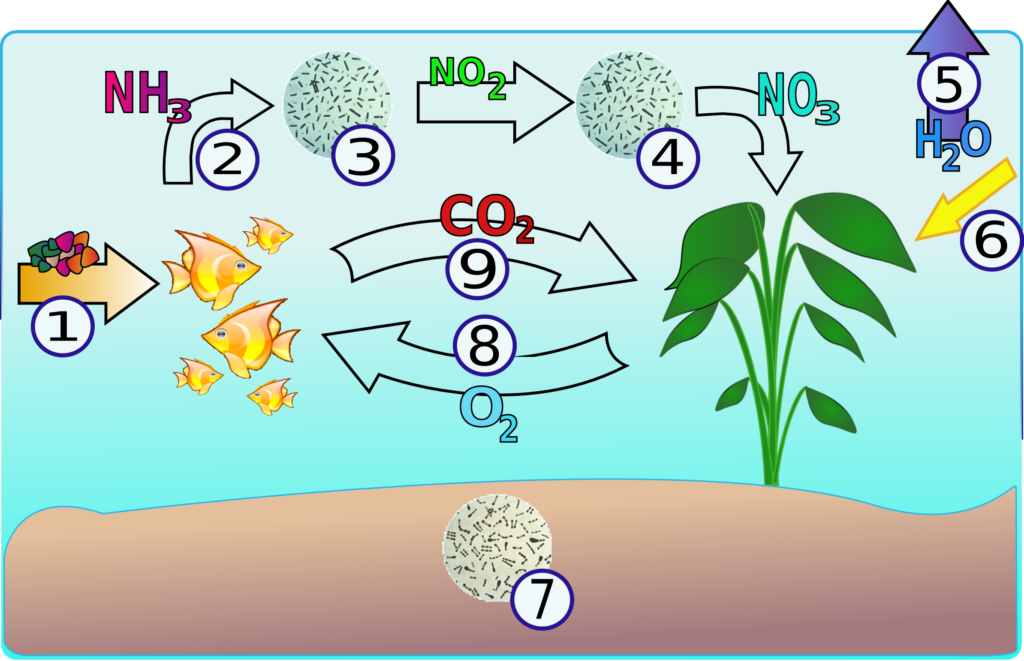
Bacteria are vital players in various environmental processes. They contribute to nutrient cycling by breaking down organic matter, thus facilitating the recycling of elements like carbon, nitrogen, and phosphorus. In aquatic systems, bacteria decompose pollutants and help maintain water quality. Additionally, they play a critical role in soil fertility by decomposing organic material and fixing atmospheric nitrogen, making it available for plant growth.
The Role of Bacteria in Biotechnology

Bacteria have been harnessed for their incredible versatility in the field of biotechnology. Enzymes derived from bacteria are used in industries ranging from food production to pharmaceuticals. Genetically engineered bacteria produce insulin, clean up oil spills through bioremediation, and develop new sustainable materials. Bacteria’s ability to rapidly evolve and adapt makes them ideal candidates for various biotechnological applications.
The Challenges of Harmful Bacteria
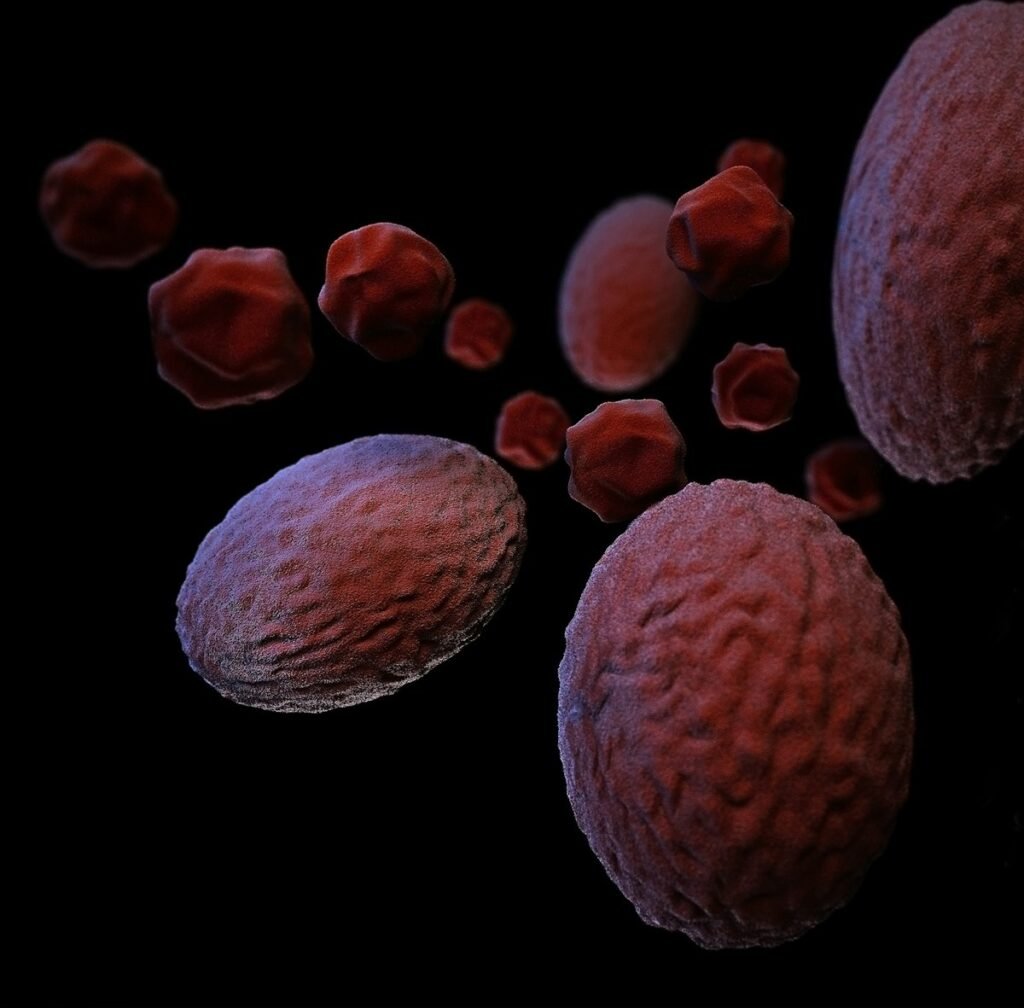
While many bacteria are beneficial, some are pathogenic, causing diseases in humans, animals, and plants. Bacterial infections remain a significant challenge in healthcare, exacerbated by the emergence of antibiotic-resistant strains. Understanding the mechanisms of bacterial pathogenicity and antibiotic resistance is crucial for developing new treatment strategies and mitigating the impact of bacterial diseases.
The Future of Bacteria Research
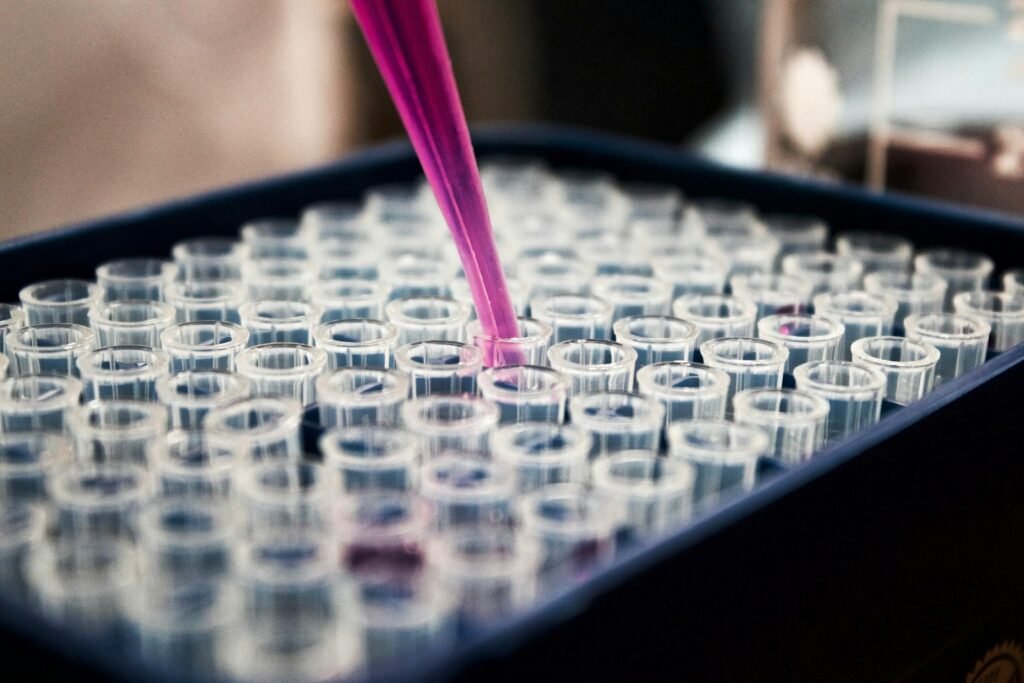
As our understanding of bacteria deepens, it opens up new avenues for harnessing their potential. Advances in microbiome research could lead to personalized medicine approaches, tailor-made probiotics, and novel antimicrobial therapies. Additionally, exploring bacteria’s role in climate change mitigation and environmental sustainability could offer innovative solutions to some of the most pressing challenges of our time.
Conclusion: Embracing the Microbial World

The hidden world of microbes, particularly bacteria, is a testament to the complexity and interconnectedness of life. As we continue to uncover the myriad ways in which bacteria shape our health and environment, it is essential to embrace this knowledge and apply it to foster a healthier, more sustainable future. By balancing the beneficial and harmful aspects of bacteria, we can leverage their incredible potential for the benefit of all living organisms.

